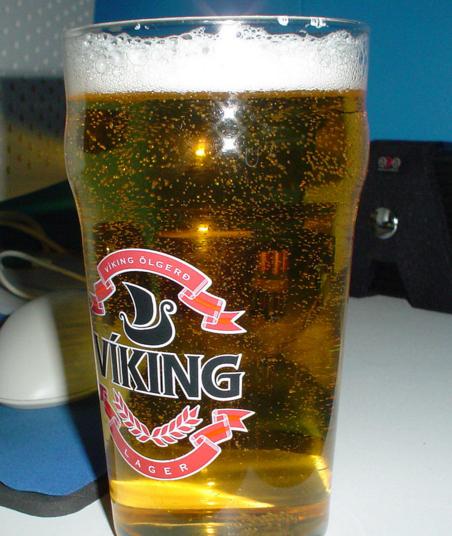A new archeological finding suggests that ancient people in Sweden knew the art of brewing beer even in the Iron Age.
“We found carbonized malt in an area with low-temperature ovens located in a separate part of the settlement,” said Mikael Larsson, an archeologist from Lund University in Sweden.
Larsson, who specializes in archeobotany (which focuses on human-plant interactions) revealed that “the findings are from the 400-600s, making them one of the earliest evidence of beer brewing in Sweden.”
A team of researchers from the Lund University found carbonized germinated grains, suggesting that malt was produced for large-scale production of beer in the Nordic region as early as the Iron Age.
The archeological finding was made in Uppåkra region in southern Sweden.
The researchers state in their paper: “Carbonized germinated hulled barley grain (Hordeum vulgare) was recovered from the kiln structure itself and from the surrounding occupational surface. Located somewhat from the central area of the site, where previous excavations have uncovered hall-buildings, a ceremonial structure, and several smaller houses, the investigated kiln was situated in an area on the site that is absent of remains to indicate a living quarter.”
Past archaeological studies have revealed that ancient people in many parts of the world knew the art of beer brewing. For example, people of Mesopotamia produced beer as early as 4 000 BCE (as suggested by images and ancient texts). However, archeologists have found no written document so far from Nordic region that would provide any information about beer production in the region prior to Middle Ages.
According to Larsson, they found germinated grains around a low-temperature oven, suggesting that they were used to make malt for brewing beer.
Beer is produced in two stages: (1) malting and (2) actual brewing. To make the malt, the grains are wetted with water and then allowed to germinate. At this state, enzymatic activities start converting proteins and starches of the grain into fermentable sugars. The grains are then dried in an oven with hot air, arresting the germination process. This is what happened in the oven in Uppåkra.
Swedes have been #brewing #beer since the Iron Age, new evidence confirms https://t.co/Hvs3Bg3uYI
— Phys.org (@physorg_com) June 21, 2018
“Because the investigated oven and carbonised grain was situated in an area on the site with several similar ovens, but absent of remains to indicate a living quarter, it is likely that large-scale production of malt was allocated to a specific area on the settlement, intended for feasting and/or trading,” Mikael Larsson said.
In the past, researchers have discovered early traces of malt in connection with beer brewing at only two other places in the Nordic region. One is in Denmark from 100 CE and one is in Eketorp on Öland from around 500 CE.
“From other archaeological sites in the Nordic region, traces of the bog-myrtle plant have been found, which indicates beer brewing. Back then, bog-myrtle was used to preserve and flavour beer. It wasn’t until later during the Middle Ages that hops took over as beer flavouring”, Mikael Larsson concluded.
The detailed findings of the study were published in Archaeological and Anthropological Sciences.
